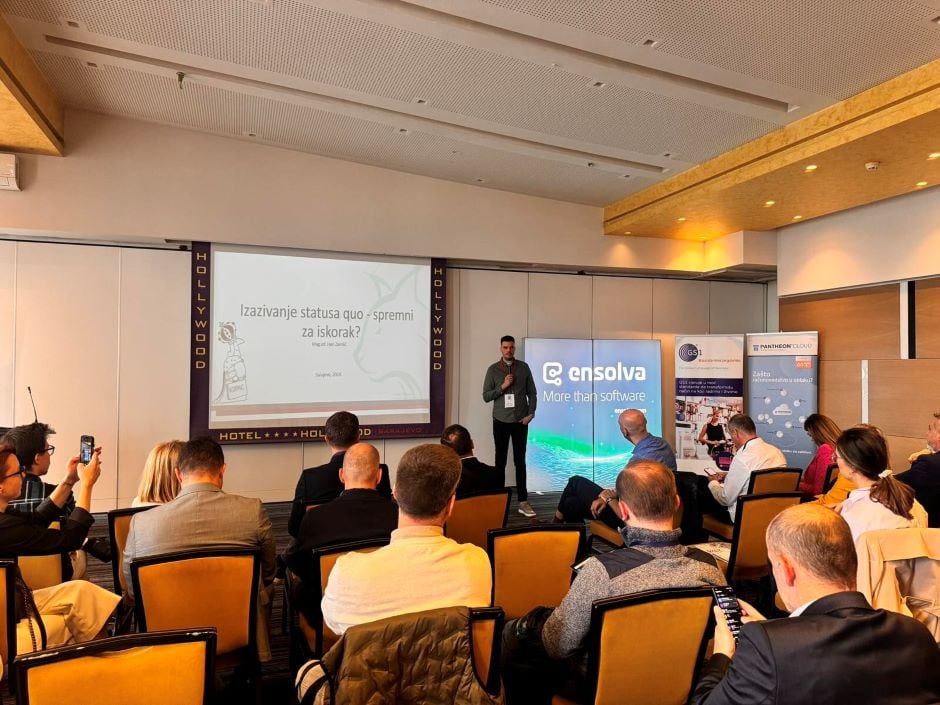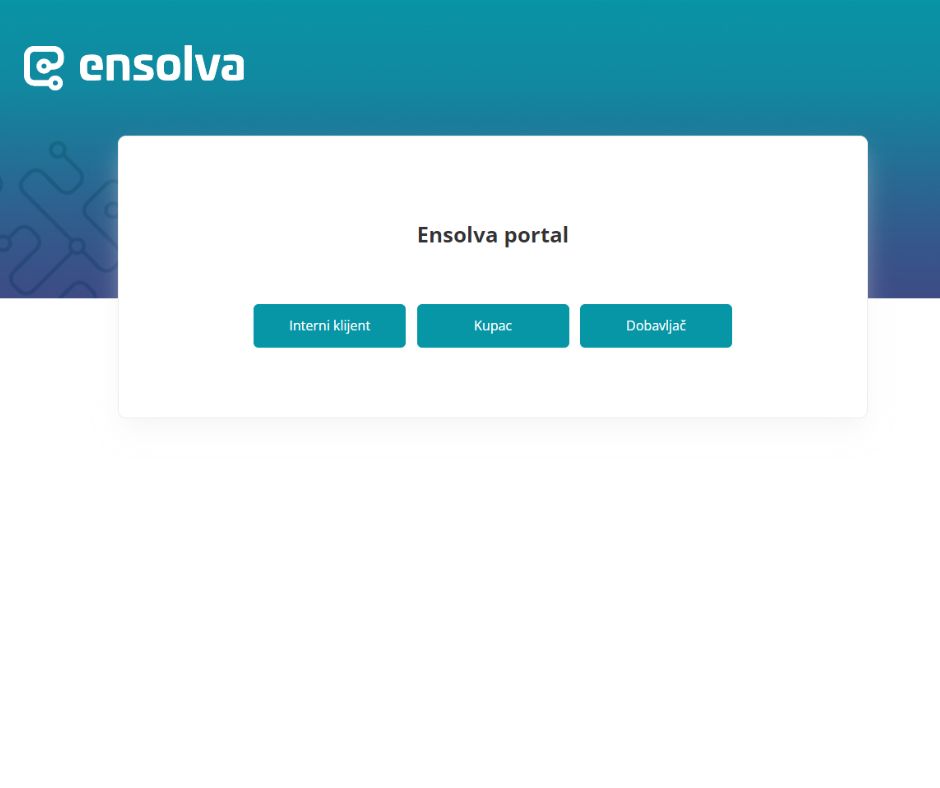„Use your own experiences and pain points to identify an opportunity.
Be arrogant thinking you can do it better than others.“
(C. Hughes)
[fusion_text]
Top pain points in an RFP process and how to overcome them
Whether we look at things from the Buyer’s or from the Supplier’s perspective, we can all agree the main pain points in the RFP process are same for both, just seen from a different angle. As you probably assumed, we’re talking about lack of communication, complicated, time consuming processes and troubles considering the selection of the best offer. In this post, we’ll be discussing all of them.
Poor communication
Procurement specialists have to balance between stakeholders’ interests, requestors’ needs and suppliers’ offers – their job is to act as a bridge between demand and supply. However, in order to procure the exact good or service that will fulfill the needs of the business, good communication between Procurement and people they’re working with is crucial. However, procurement specialists often lack information about things they have to procure, information received are wrong or requests are unclear, which leads to lack of clear responses from suppliers on RFP.
In order to avoid that, ask your requestors to make their requisitions clearer and more specific, and in case there’s something you still don’t understand, ask for an explanation. Good communication is the key to success – when your requests are clear, suppliers’ responses are clear too. Having clear requests will give you less phone calls and e-mails from vendors asking for explanations – you’ll have less stress and chaos and both you and the suppliers will waste less time on getting things clear.
Time-consuming processes
As mentioned earlier, procurement specialists can’t have all the knowledge on every single thing or service different business departments need. That’s why they often have to spend a lot of time researching. In this process, in order to save time, they sometimes make specifications together with their supplier of first choice or ask consultants to help them. Lack of knowledge, thus, often leads to consultant-driven RFP’s or RFP’s tailored to the needs of the supplier the company asked for help.
It’s important to emphasize that vendors spot “fake” tenders instantly and – yes, they demotivate them to compete. By doing things this way, good opportunities simply slip through your fingers and vendors with even better offers don’t even consider competing. Creating unbiased RFP’s written concisely, in a way they draw out all important information, is very important for building quality relationships with suppliers and having successful tenders.
Communication with your colleagues will again be your strongest weapon here. Instead of asking suppliers and consultants advices during the specification-making process, talk to subject-matter experts inside your company. Even asking them for simple guidelines on where to look for information will save you a lot of valuable time you would otherwise spend on researching “from scratch”. In addition to that, having clear requests will also help you get your RFP in front of the right people. This approach will bring more savings of time and money for your company and, not to mention that your suppliers will appreciate sparing their time too.
Choosing the right supplier
Finding the right vendor is pretty difficult and complicated since procurement specialists have to balance between stakeholders’ favorites and objectively best offers and vendors. Stakeholders often have suppliers they prefer and it’s hard to convince them that unbiased RFP’s bring much more value for the company. However, interests of the company MUST be before personal interests of stakeholders so keep insisting on objectivity. We know it’s not easy, but it will be worth it!
Another thing when it comes to choosing the right supplier is poor organization and usage of unspecialized software solutions for dealing with procurement affairs. Companies use various tools such as Excel, Word or e-mail too often in their Procurement department, which leads to chaos. This way, simple things such as comparing suppliers’ responses fairly and objectively can become painful and very time-consuming.
By using Ensolva, you will simplify and improve the supplier selection process drastically: by storing bids in a database rather than in files or printed documents, Ensolva will make your bid analysis and supplier selection process faster and easier. Not to mention that the whole process will be transparent, since the system will record every move and archive all the data. With Ensolva, you’ll be able to choose the best offer in the blink of an eye!
All these pain points can simply be summed up to lack of communication and transparency. By improving communication within your company, having clear communication with suppliers and insisting on unbiased, transparent processes by using specialized procurement software such as Ensolva, your productivity will be increased, more savings will be achieved and you will have much more time for innovation and creativity. Try improving these things; it’s really not that hard!



